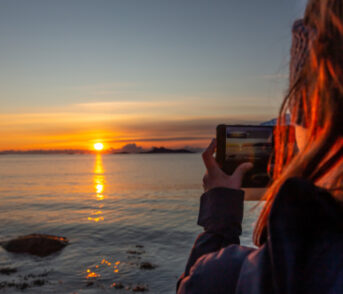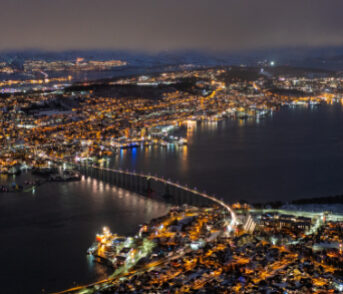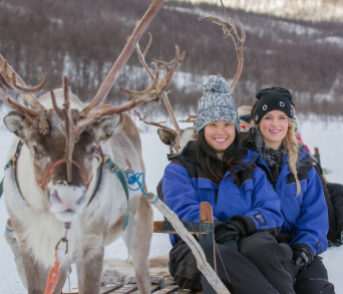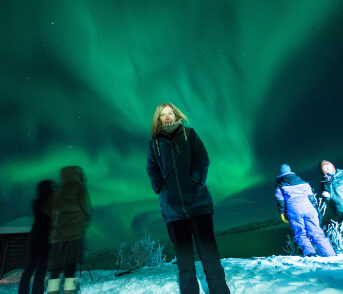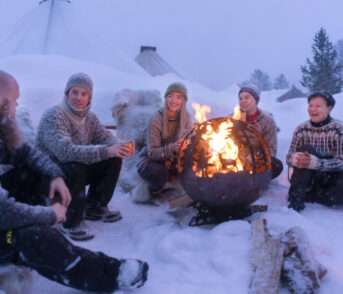The beautiful colours and astonishing patterns that adorn the skies of the Northern Hemisphere is a sight that many visitors wish to experience. But did you know that the Northern Lightsmake sounds, that it got its name from Galileo Galilei and that all occurrences of the Northern Lights are unique? If you would like some facts under your hat about the aurora borealis when you go to see this celestial wonder, we have compiled some for you here.
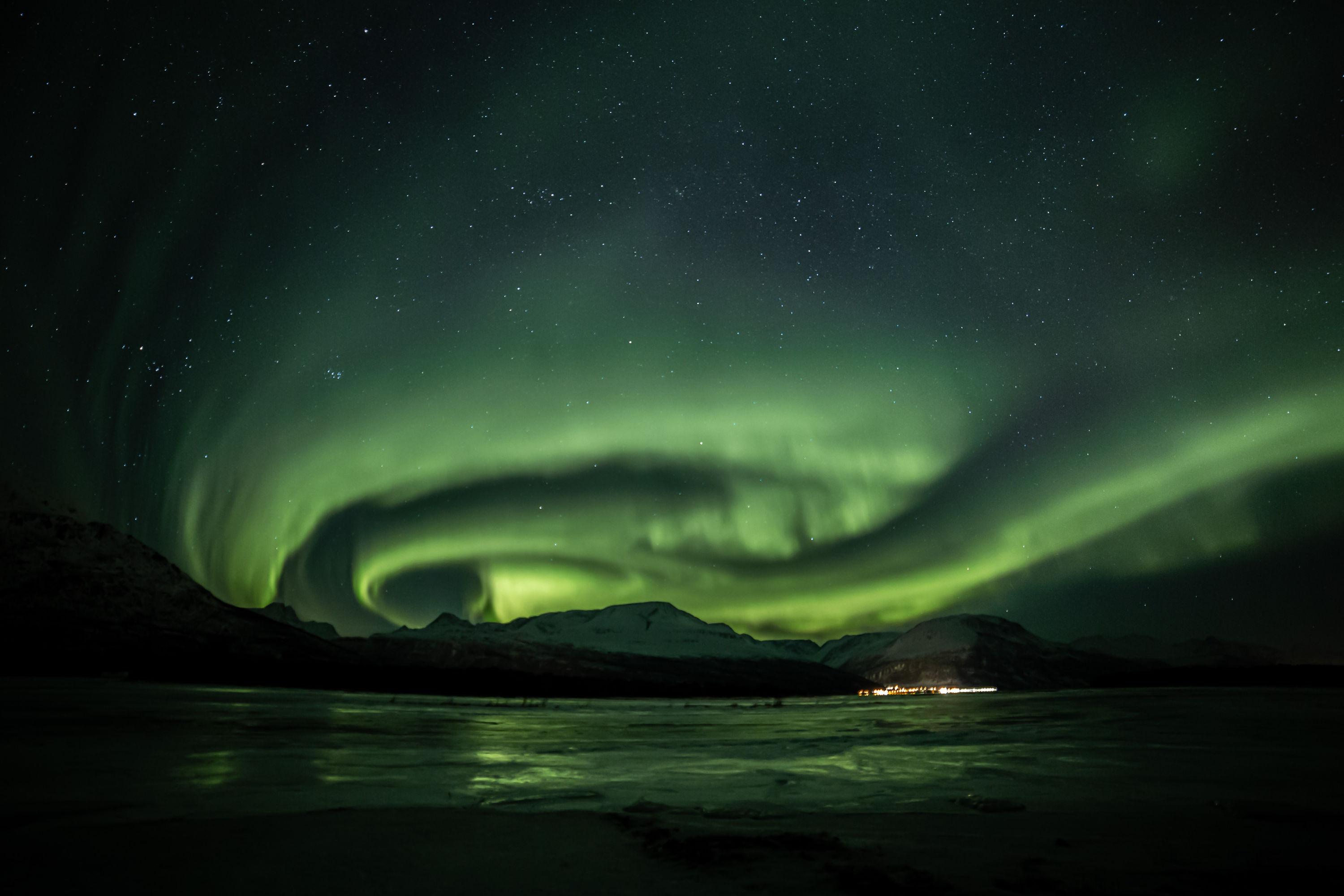
The Northern Lights Starts with a Solar Storm
The Northern Lights, also known as the aurora borealis, occur when charged particles from the sun come into contact with molecules in our atmosphere. It all starts with the sun throwing off massive amounts of plasma – known as a solar storm – that stream towards Earth at speeds up to 8 million km/h. When the solar storm reaches Earth, it strikes the magnetosphere – a magnetic field formed around the Earth, dragging the gases and particles from the solar storm towards our poles. When the particles from the sun collide with the molecules in the atmosphere, the magic Northern Lights occur
The Northern Lights is The Source of Many Myths
Before people knew the science behind the Northern Lights, it was the source of many different myths and legends around the globe. The northern lights phenomenon has fascinated people for millennia and people of different cultures have developed their own tales and myths about the Northern Lights. The Vikings thought, among other things, that the Northern Lights were fallen warriors being taken to Valhalla. The Icelanders and the indigenous natives in Norway and the United States all had their own version of what the lights meant. Read more about the Northern Lights in Norway here.
The Northern Lights Makes Sounds
Although it is extremely rare and impossible to hear from Earth, it has been documented that the northern lights actually make sounds. Sound clips recorded from the northern lights are reported to sound like clapping, crackling or static noise. It is thought that even under the best possible conditions – maximum northern lights activity, windlessness and remoteness from all other sound sources – the sounds are impossible to hear from Earth. Some people, however, claim that they have heard sounds, but northern lights researchers believe this is simply a placebo effect – wishful thinking.
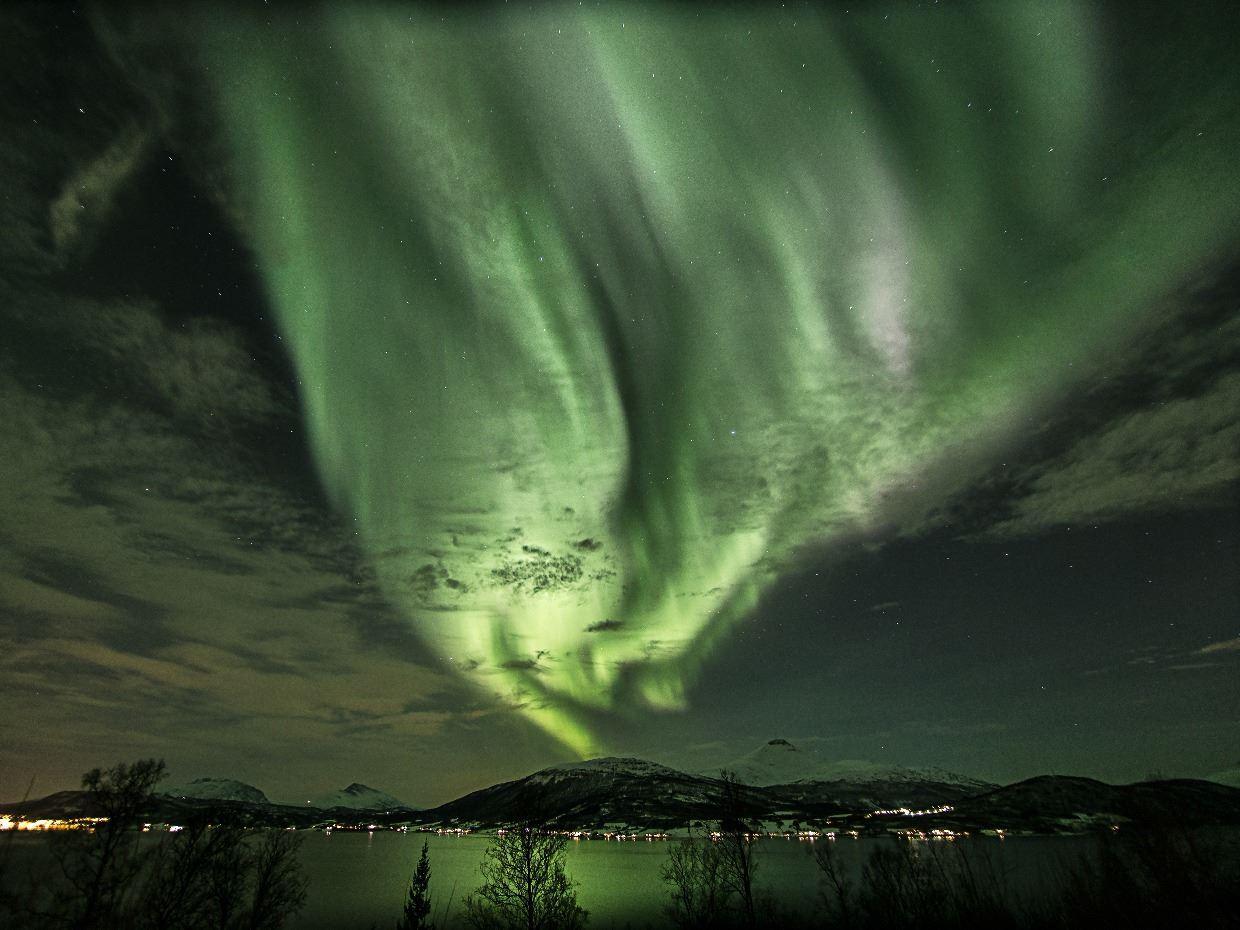
Galilei was the first to name it
The phenomenon of the northern lights has fascinated people for centuries, but it did not have a proper name until it was described by the Italian astronomer and philosopher Galileo Galilei in 1619. He gave the northern lights the name Aurora Borealis, meaning the sunrise colours from the north. The names originate from the Roman morning goddess Aurora and the Greek word borea, meaning northerly wind. Galileo gave it this name because he thought the phenomenon was sunlight being reflected in the atmosphere.
Although Galilei was the first to name it, he is not the first to take note of the magic light. The northern lights have fascinated people for thousands of years. Cave paintings have been found in France in which Cro-Magnons depicted the northern lights 30,000 years ago. These prehistoric people painted detailed drawings of bison, mammoths and rhinos – and the light phenomenon. There have also been found cave paintings that apparently show the phases of the moon, so their fascination with the sky has more aspects than merely the northern lights.
The Northern Lights Comes in Many Colours and Shapes
Ranked from most common to most rare, the colours run from green, pink, red and yellow to blue. There are several reasons why the lights display different colours – it depends on what molecules, atoms, ions combine in the atmosphere, but to make things simple, it is common to distinguish the lights by how far away they are.
- Blue and purple are closer than 95 km
- Green lights are from 95–241 km away from us
- Red light is more than 241 km away
- The Northern Lights can also overlap to create amazing colour combinations
Each Northern Lights Occurrence is Unique
The Northern Lights occur from activity on the sun, and the sun has its more and less intense periods. Measurements show that the sun’s active periods run at intervals of 11 years. The more solar activity, the greater the likelihood that the phenomenon will occur. Just like snowflakes, no occurrences are exactly identical. Because of the countless patterns and colours, every experience of the Aurora Borealis is unique. They are also easier to distinguish from one other than snow crystals are.
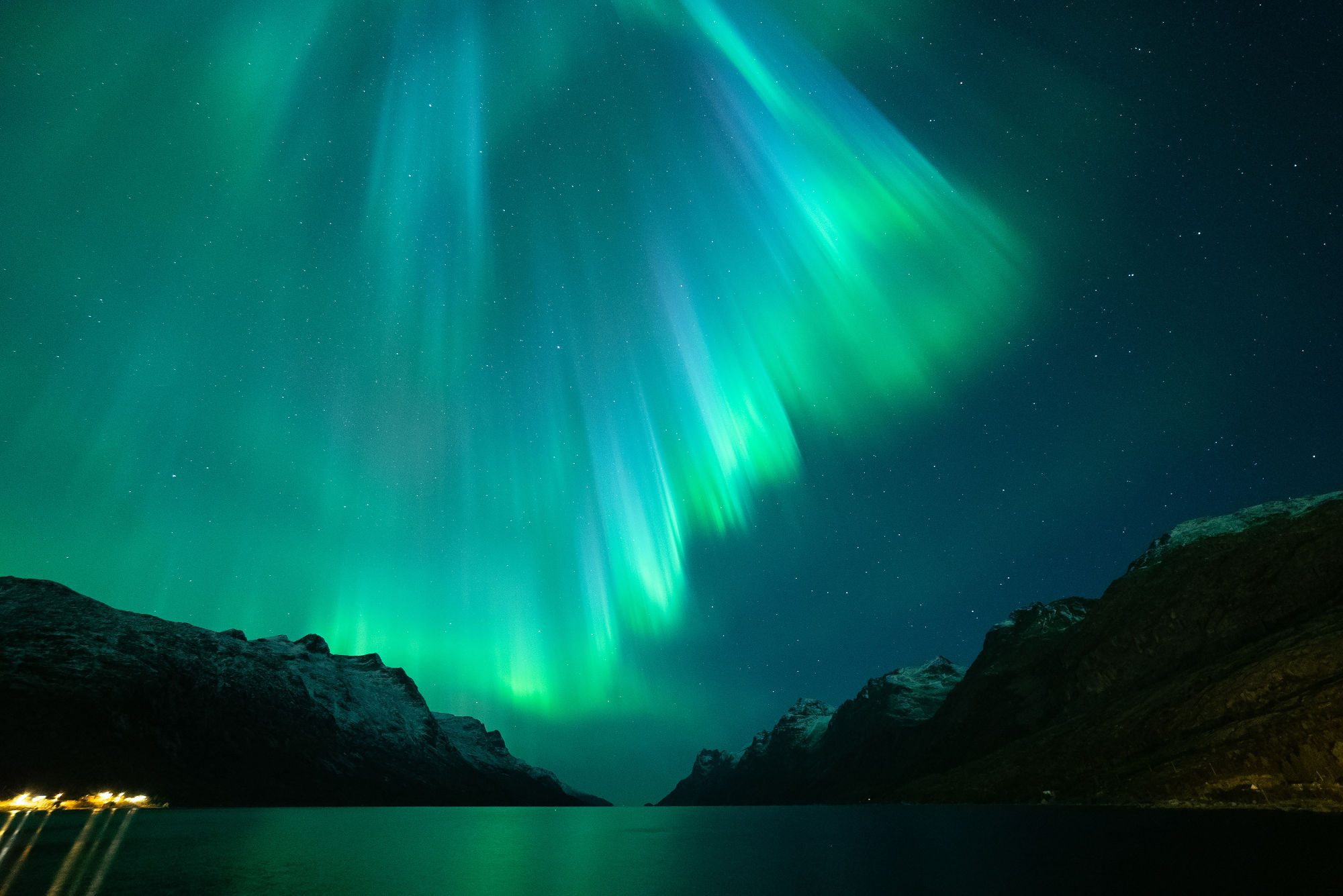
All hours of the day, all year
When the Northern Lights dance across the night sky, it is a spectacular show, but the northern lights can actually occur at all hours of the day, all year round. The reason you don't see the phenomenon in summer and during daytime is simply that the light is so far away, and so weak, that it is very susceptible to light pollution. Light pollution can be caused by anything from cars and cities to the largest light polluter of all; the sun. It is possible to take pictures of the northern lights during daytime, but it is very rarely done successfully.
The Northern Lights are high in the sky. In fact, they are so high that the astronauts on board NASA's International Space Station (ISS) see the Northern Lights from a side-angle view and can see that they lie like a blanket over the Northern Hemisphere. The northern lights have actually also been observed over other planets, including Jupiter, Saturn, Uranus and Neptune. If you have already seen Earth's northern lights, perhaps one of these will be your next stop?
Norway is a Leading Nation in Northern Lights Research
When it comes to Northern Lights research Norway has been a leading nation for many years. As early as 1896, Norwegian researcher, Kristian Birkeland, launched the first theory about how the Northern Lights are created through the so-called Terella experiment in which he simulated northern lights over a model of the earth. Since then, the northern lights research environment has grown, and Norway is still an important part of this research. One of the world's foremost centres for northern lights research is found in Norway and is called the Andøya Space Center. From this centre, rockets are sent up to take measurements inside the northern lights. The centre is a hub for northern lights scientists from around the world, and has more than 50 research groups from the Nordic countries, America, Europe and Japan.
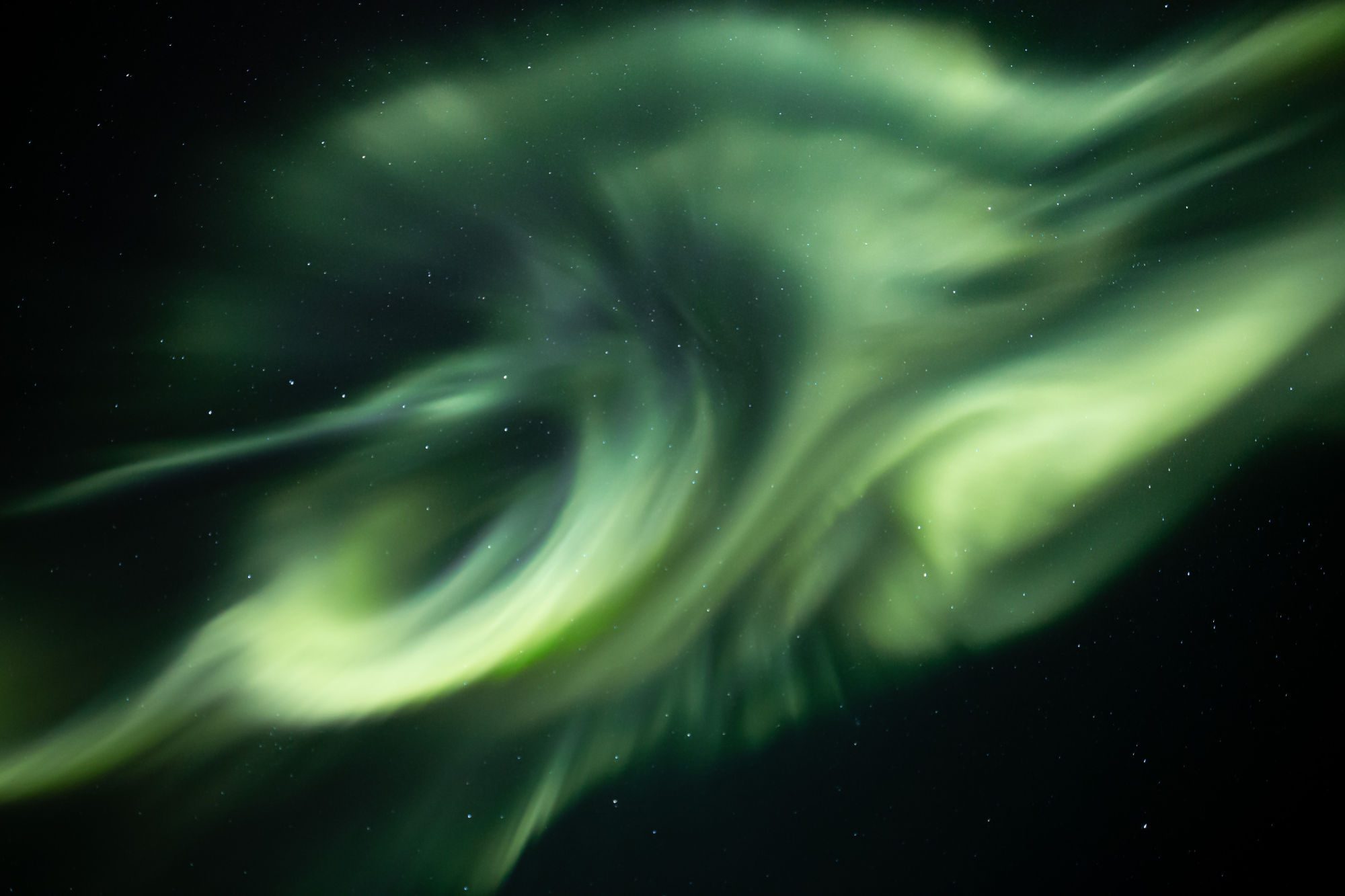
As mentioned above, the Northern Lights phenomenon has fascinated people for millennia and people of different cultures have developed their own tales and myths about the Northern Lights. If you would like to learn more about different interpretations of the Northern Lights, you can read our article about Northern Lights myths and legends.
